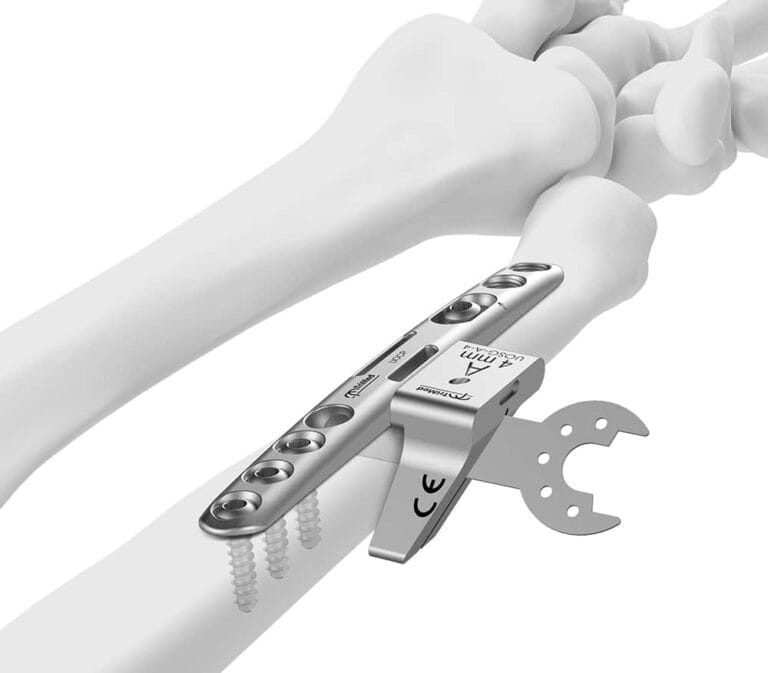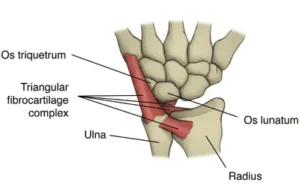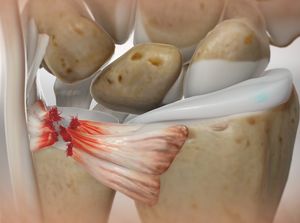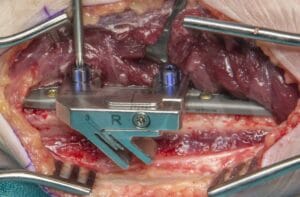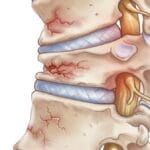Ulnar shortening surgery is a specialized orthopedic procedure aimed at reducing chronic pain on the ulnar (outer) side of the wrist. Performed by experts like Prof. M. Imam, a leading orthopedic surgeon, this operation is commonly recommended for patients experiencing ulnar abutment syndrome or chronic issues with the triangular fibrocartilage complex (TFCC). This guide provides a detailed look at the procedure, its benefits, possible risks, and insights into what patients can anticipate throughout their recovery journey.
Why Opt for Ulnar Shortening Surgery?
Ulnar shortening surgery is generally advised for individuals experiencing conditions such as:
- Ulnar Impaction Syndrome: This condition occurs when the ulna bone is longer than the radius, placing excess pressure and causing discomfort on the ulnar side of the wrist.

- TFCC Tears: The triangular fibrocartilage complex (TFCC) is a critical stabilizing structure in the wrist, which, when injured, can lead to pain and instability.

Prior to considering surgery, patients often try conservative treatments, including medication for pain management, modifying activities to minimize wrist strain, physical therapy, and sometimes steroid injections. If these methods do not provide sufficient relief, ulnar shortening surgery becomes a valuable option, often offering significant and lasting improvement in wrist function and pain reduction.

Advantages of Ulnar Shortening Surgery
Research shows that ulnar shortening surgery is an effective solution for relieving wrist pain and enhancing function. The primary benefits include:
- Pain Reduction: By reducing stress on the wrist, this procedure often brings significant pain relief, greatly improving patient comfort and quality of life.
- Enhanced Stability: This surgery improves wrist stability by tightening surrounding ligaments, which supports better functionality.
- Long-Lasting Relief: Many patients experience durable pain relief following this surgery, with a lower likelihood of recurring discomfort.
- Cartilage Preservation: Ulnar shortening surgery helps protect the cartilage in the distal ulna, promoting joint health and potentially slowing degenerative changes over time.
Risks and Possible Complications
As with any surgery, ulnar shortening involves certain risks. Prof. Imam discusses these thoroughly with each patient to ensure informed choices. Potential complications include:
- Swelling and Stiffness: Swelling is typical after surgery and generally subsides within a week, though some patients may have stiffness that requires longer to improve.
- Plate Irritation: Up to 25% of patients may feel discomfort from the fixation plate; however, removing the plate usually resolves this issue.
- Non-Union: Rarely, the bone ends may not heal completely, potentially requiring additional surgery.
- Infection and Nerve Damage: Though uncommon, there is a small risk of infection or minor nerve injury; precautions are taken during surgery to reduce these risks.
Recovery Journey
Recovering from ulnar shortening surgery involves a structured plan to ensure optimal healing and restoration of wrist function. Prof. Imam and his team guide patients through each stage, which typically includes:
Early Recovery (Days 1–14)
- Immobilization: The wrist is secured in a plaster cast with padded dressing to provide stability.
- Swelling Control: Elevating the arm helps reduce swelling, and patients are encouraged to move other joints, like the fingers and elbow, to maintain flexibility.
- Cast Care: Keeping the cast clean and dry is essential to prevent skin irritation and promote healing.
Two Weeks Post-Operation
- Transition to a Splint: The plaster cast is usually replaced by a removable splint, enabling controlled movement and gentle wrist exercises.
- Limited Activities: Patients should limit activities with the affected hand to light tasks, avoiding strain or heavy use during this phase.
This structured approach helps ensure a smooth recovery and better long-term outcomes for wrist function and comfort.

Six Weeks After Surgery
- Bone Healing Assessment: X-rays are taken at this stage to assess the progress of bone healing.
- Gradual Increase in Activity: If healing is progressing well, patients may slowly increase weight-bearing activities under medical supervision.
- Reduced Splint Use: As recovery continues, patients can gradually decrease their use of the splint, promoting improved wrist movement and strength

Three Months After Surgery
- Return to Activities: By the three-month mark, most patients can resume normal wrist activities, including contact sports if desired.
- Strengthening Exercises: Targeted wrist-strengthening exercises are introduced to help rebuild muscle and support joint stability.
Long-Term Outcomes
Ulnar shortening surgery often provides significant and lasting pain relief. Most patients report high satisfaction, with improved wrist function and minimal to no pain, allowing a return to regular activities, including sports and physical tasks, around three months post-surgery. In some cases, patients may choose to have hardware (such as plates and screws) removed after full bone healing to enhance comfort further.
Frequently Asked Questions
- Q: When can I drive again?
Patients are generally advised to wait at least two months before resuming driving. Prof. Imam will evaluate each patient’s progress to determine the safest time for driving. - Q: Is physical therapy necessary?
Physical therapy is often recommended to aid in restoring wrist mobility and strength. While some may recover well with basic exercises, others benefit from a structured rehabilitation plan for optimal results. - Q: How effective is this procedure for pain relief?
Ulnar shortening surgery is highly effective at alleviating pain, with most patients experiencing little to no discomfort after healing. A few may experience minor residual pain.
Conclusion
For those suffering from persistent ulnar-sided wrist pain due to conditions like ulnar impaction syndrome or TFCC injuries, ulnar shortening surgery offers a dependable solution. Under the skilled care of Prof. M. Imam, this procedure can significantly reduce wrist pain, enhance stability, and provide lasting functional benefits. With a structured recovery plan and effective rehabilitation, most patients enjoy improved quality of life, regaining the ability to engage in daily activities confidently and comfortably.

